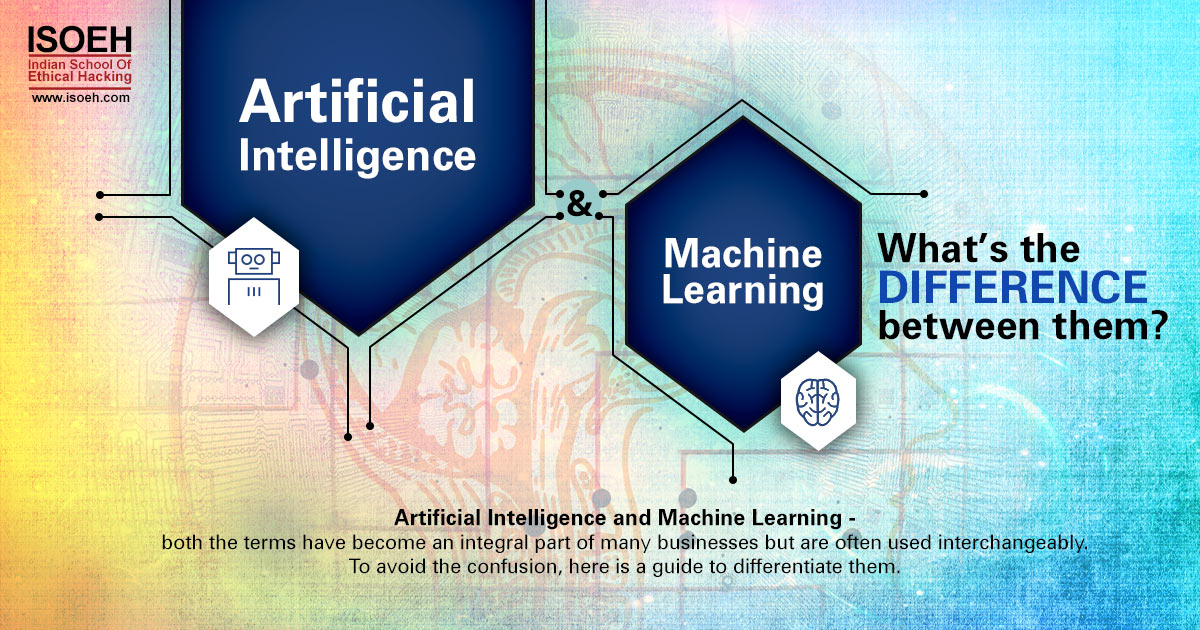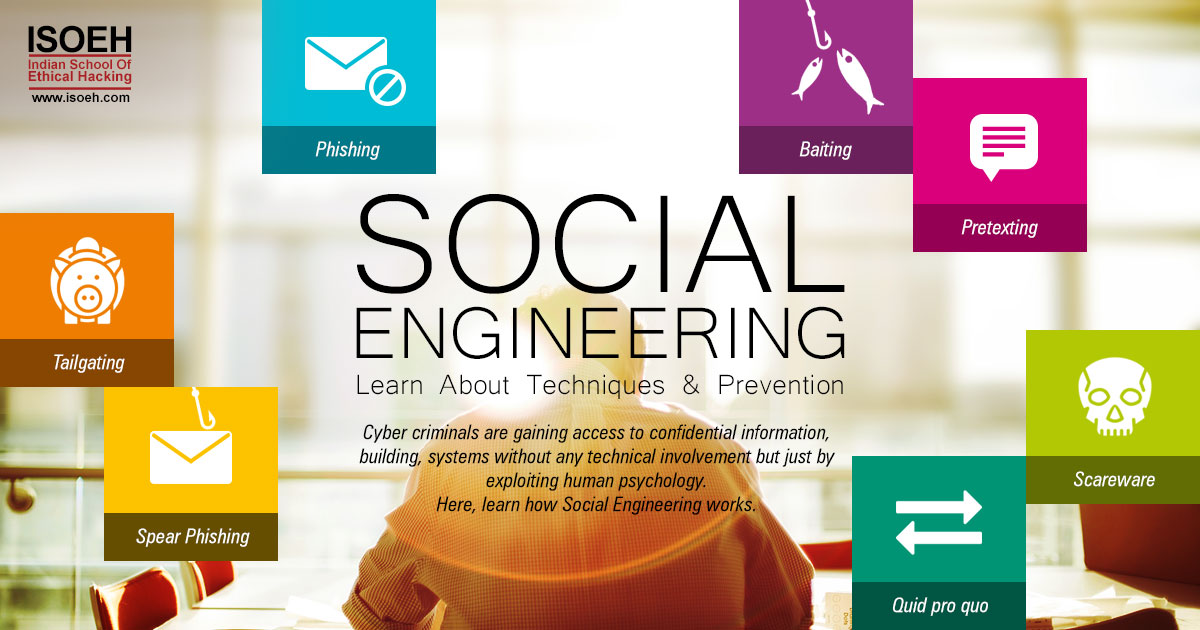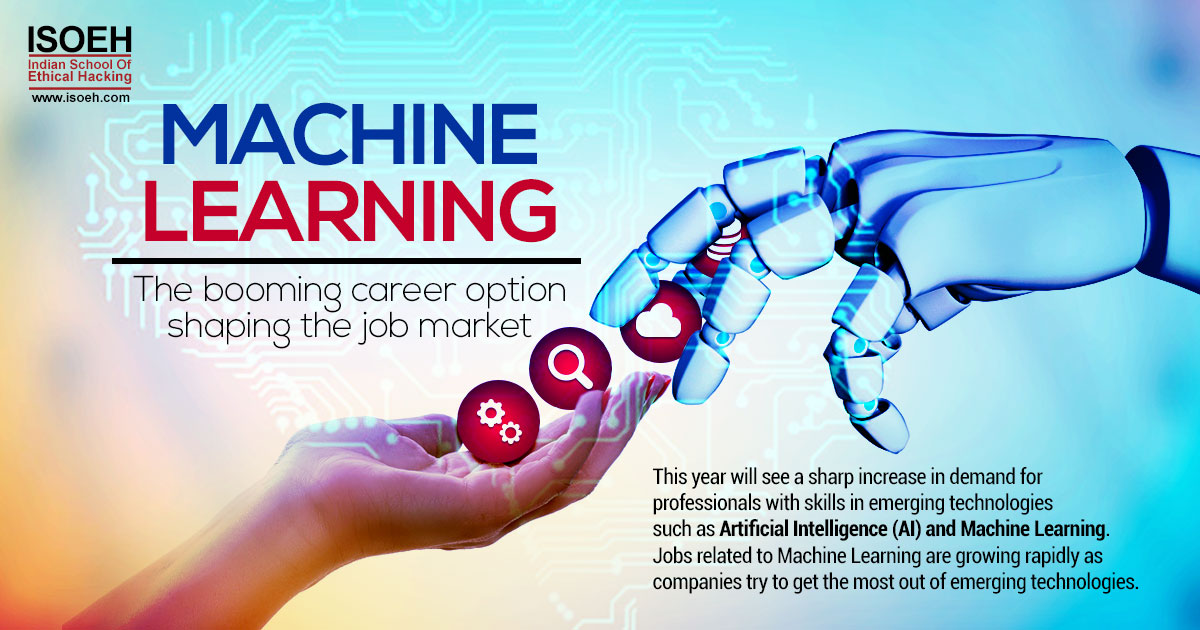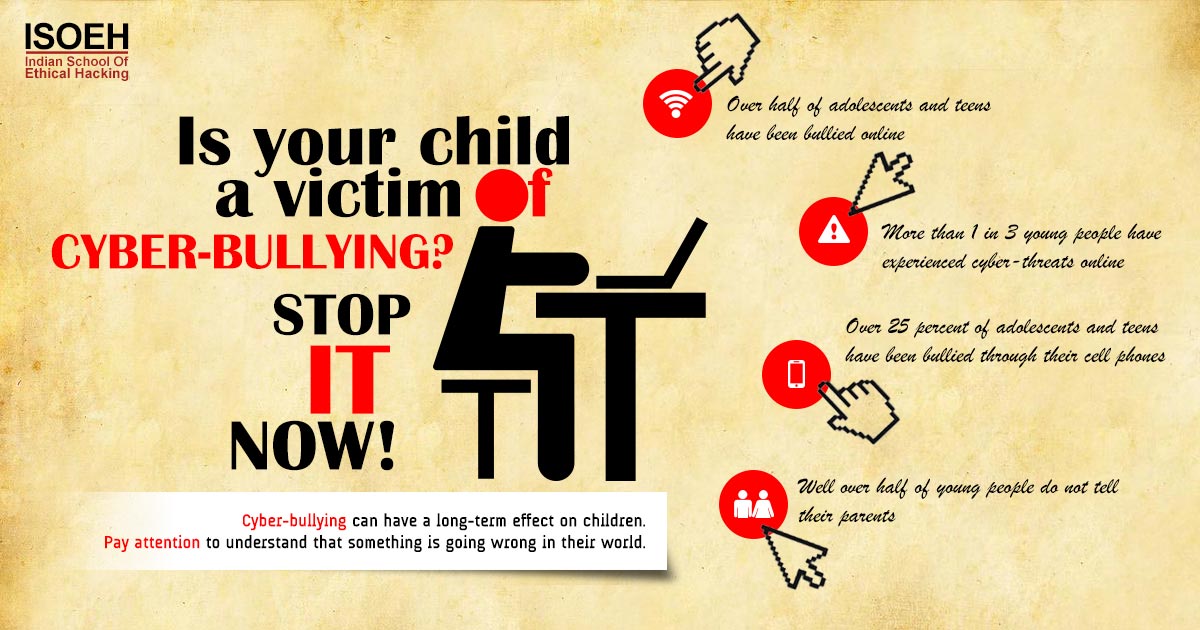
The two hot buzzwords going around right now are Artificial Intelligence & Machine Learning. We love talking about driverless cars, voice-powered personal assistants like Siri and Alexa to more underlying and fundamental technologies such as behavioral algorithms, suggestive searches etc. Machines are slowly seeping their way into our lives affecting how we live, work and entertain ourselves.
Artificial Intelligence and Machine Learning - both the terms have become an integral part of many businesses but are often used interchangeably. The terms crop up very frequently when we talk about big data, analytics, and the broader waves of technology that is taking over the world.
Machine Learning is a particular approach to artificial intelligence. Artificial Intelligence is the broader concept of machines being able to carry out tasks in a smarter way. Machine learning is the application of Artificial Intelligence-based on the idea that enables machines to access the data provided to them and learn from it themselves. This includes planning, understanding language, recognizing objects and sounds, learning and problem-solving skills. It is one of the subfields of Artificial Intelligence. The Machine Learning enabled systems can quickly apply knowledge and training from the large data sets to excel at facial recognition, speech recognition, object recognition, translation and many other tasks. Instead of hand-coding a software program with specific instructions to complete a task, Machine Learning enables a system to learn to recognize patterns on its own and make predictions.
In other hands, AI involves machines that can perform tasks that are characteristic of human intelligence. AI can be a pile of the complex statistical model. AI can be defined as the study of how to train the computers so that they can do things better than the humans. It is the broadest way to think about advanced computer intelligence. AI is going to outsmart the best human brains in practically every field, including scientific creativity, general wisdom and social skills. The primary takeaway from here is, Machine Learning is a subset of AI. All Machine Learning counts as AI but not all AI count as Machine Learning. For example, symbolic logic (rules engines, expert systems, and knowledge graphs), as well as evolutionary algorithms and Bayesian statistics, could all be described as AI, and none of them are machine learning.
Few examples to have a better idea:
Machine Learning has been used to bring drastic improvements to computer vision i.e. the ability of the machine to recognize an object in an image or video. Among the thousands or millions of pictures, suppose humans are tagging those pictures which have a cat in it versus those that do not. Then, the algorithm tries to build a model that can accurately tag a picture containing a cat or not as well as a human. Once the accuracy level reaches high enough it can be said that the machine has now “learned” what a cat looks like.
Let us give you some real-world example you are probably using right now. Remember when Facebook used to prompt you to tag your friends? Nowadays, its algorithms can recognize familiar faces from your contact list using some pretty cool technology. In 2015, Google introduced a smart reply function allowing your inbox to respond to emails on your behalf. The machine learning tool automatically suggests three different responses. The online payment platform, Paypal implements machine learning algorithms to combat fraud. Netflix's automatic video recommendation, Uber's determination of arrival time, pick-up location, Google map's analyzation of speed of traffic through anonymous location data are all examples of machine learning that we use and imply in our everyday life.
What are the differences?
The aim of Artificial Intelligence is to increase the chance of success and not the accuracy. Machine Learning is just the opposite. It constantly tries to increase accuracy. AI works as a computer program that does smart work whereas machine learning is based on the simple concept of machines taking data and learning from them. Machine learning only creates self-learning algorithms but AI leads to develop a system to respond and behave the same way as humans do in certain circumstances. ML allows the system to acquire knowledge through data but AI is the decision maker.
Finally, it is true that Machine Learning currently represents the most promising path to strong Artificial Intelligence and it is one of the booming career options right now. Machine learning certainly has a lot to offer. From automating mundane tasks to offering creative insight, industries in every sector from banking to healthcare and manufacturing are reaping benefits. Inspired by sci-fi, developing a human-like AI was seemed to be a far dream by technologists. At this moment, we are closer than ever and moving towards the goal with increasing speed. Hopefully, we have been able to throw some light on the difference between AI and Machine learning. To conclude, it can be said that Machine learning leads to knowledge and AI leads to wisdom.
Enroll for Machine Learning course »Hacking Tools
Explore All Hacking Tools »
UFTP is an encrypted multicast file transfer program for secure, reliable & efficient transfer of files. It also helps in data distribution over a satellite link.
Read DetailsBreaking News
Breaking News Of Each Month »
The recent pandemic was unexpected and unknown to most part of the world. It has changed our life and we are slowly adapting to our new lifestyle. The risks associated with the new lifestyle, both personal & corporate, are unknown to most of us.
Read Details



















